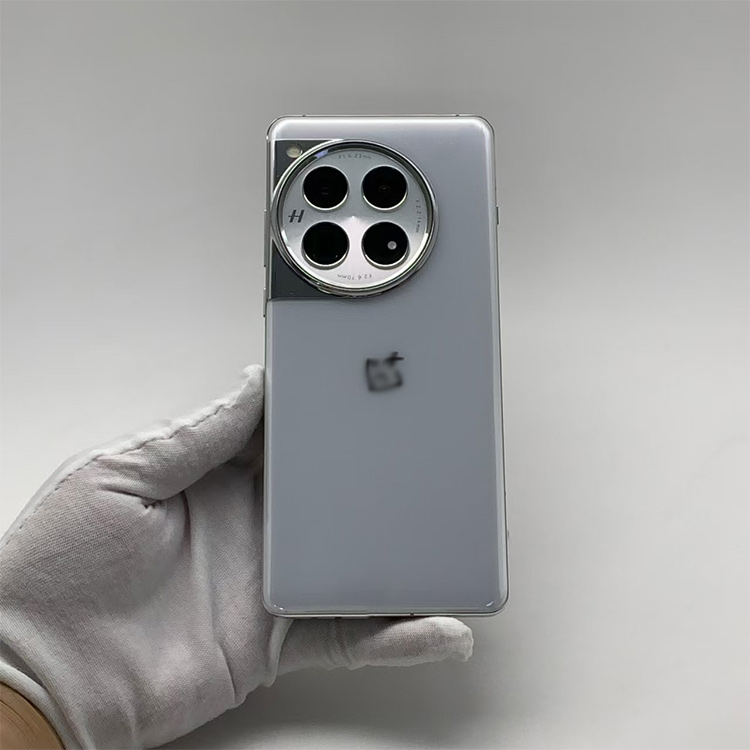Policy Shifts: How New Regulations in India and Southeast Asia are Reshaping the Global Second-Hand Smartphone Trade
Stephen Lee
1/9/20252 min read


Policy Shifts: How New Regulations in India and Southeast Asia are Reshaping the Global Second-Hand Smartphone Trade
The global second-hand smartphone market is experiencing a seismic shift as emerging economies like India and Southeast Asia introduce new trade regulations. These policy changes are not just local adjustments—they are reshaping supply chains, pricing dynamics, and the overall trade landscape for used and refurbished mobile devices. For wholesalers, retailers, and resellers, understanding these new rules is critical to staying competitive in a rapidly evolving market.
India’s Second-Hand Smartphone Policy: A Booming Market with New Barriers
India is one of the world’s largest smartphone markets, with a growing demand for affordable second-hand and refurbished devices. However, recent regulatory changes are altering the way foreign players can operate:
Import Restrictions on Used Electronics: The Indian government has tightened restrictions on importing refurbished smartphones to promote local refurbishment and reduce e-waste.
Make in India Push: Companies are encouraged to set up local refurbishment and recycling units, increasing costs for foreign sellers while opening new opportunities for domestic businesses.
IMEI Registration Requirements: Stricter tracking of second-hand devices via IMEI registration is being implemented to combat phone theft and fraud, impacting bulk imports.
Impact on the Market
These changes are forcing global wholesalers to either partner with local refurbishment centers or explore alternative markets for excess inventory. While domestic refurbishers in India benefit, foreign resellers face higher costs and regulatory hurdles.
Southeast Asia: A Diverse Regulatory Landscape
Southeast Asia is a fragmented market with varied policies across different countries. However, several overarching trends are influencing the second-hand smartphone trade:
E-Waste Regulations Tightening: Countries like Indonesia and Malaysia are introducing stricter e-waste disposal and recycling laws, affecting how refurbished phones are handled.
Taxation on Imported Refurbished Devices: Some governments, like Vietnam and the Philippines, are imposing additional tariffs on second-hand electronics to boost local sales of new devices.
IMEI Blacklisting Initiatives: Thailand and Indonesia are enhancing IMEI-based blacklisting to prevent stolen and illegally imported phones from entering the market.
Opportunities and Challenges
While new tariffs and restrictions make cross-border trading more complex, these markets still offer immense growth potential. Local partnerships and compliance with new certification standards will be key for international players.
Global Trade Implications: Who Wins and Who Loses?
Winners:
Local Refurbishers and Repair Centers: Governments favor domestic refurbishing operations, creating new business opportunities for certified repair services.
Compliant International Wholesalers: Those who adapt to new regulations by setting up regional refurbishing centers will have an edge over competitors who rely on direct imports.
Eco-Friendly Brands and Certified Resellers: Companies emphasizing sustainability and compliance with e-waste regulations will gain consumer trust and government support.
Losers:
Unregulated Grey Market Importers: Increased IMEI tracking and import restrictions are making it harder for unofficial resellers to operate.
Bulk Importers of Used Phones: Direct imports of second-hand devices are becoming less viable due to taxation and regulatory compliance costs.
Markets Dependent on Cheap Refurbished Phones: If supply is restricted, prices for second-hand smartphones may rise, impacting affordability for consumers in developing regions.
Conclusion: Adapting to a Changing Trade Environment
The second-hand smartphone industry is at a turning point. India and Southeast Asia’s evolving regulations are pushing the market toward greater transparency, local refurbishment, and stricter compliance. For global players, the key to success lies in adapting to these changes—whether through local partnerships, regulatory compliance, or diversifying trade routes. By staying ahead of these policy shifts, businesses can navigate challenges and seize new opportunities in the ever-changing second-hand smartphone trade landscape.
Glistock
Premium refurbished mobile devices with warranty options.
Service
Support
stephen@glistock.com
TEL/Whatsapp +86-13728082771
© 2025. All rights reserved.
Stephen Lee
